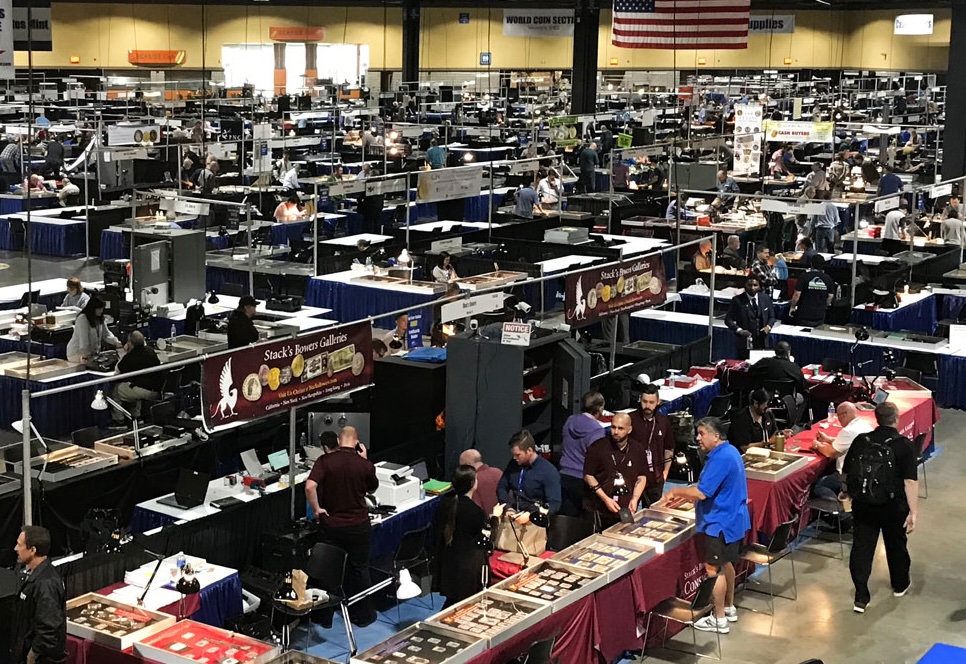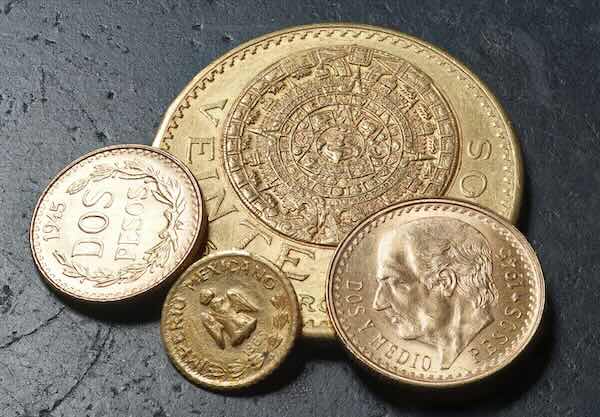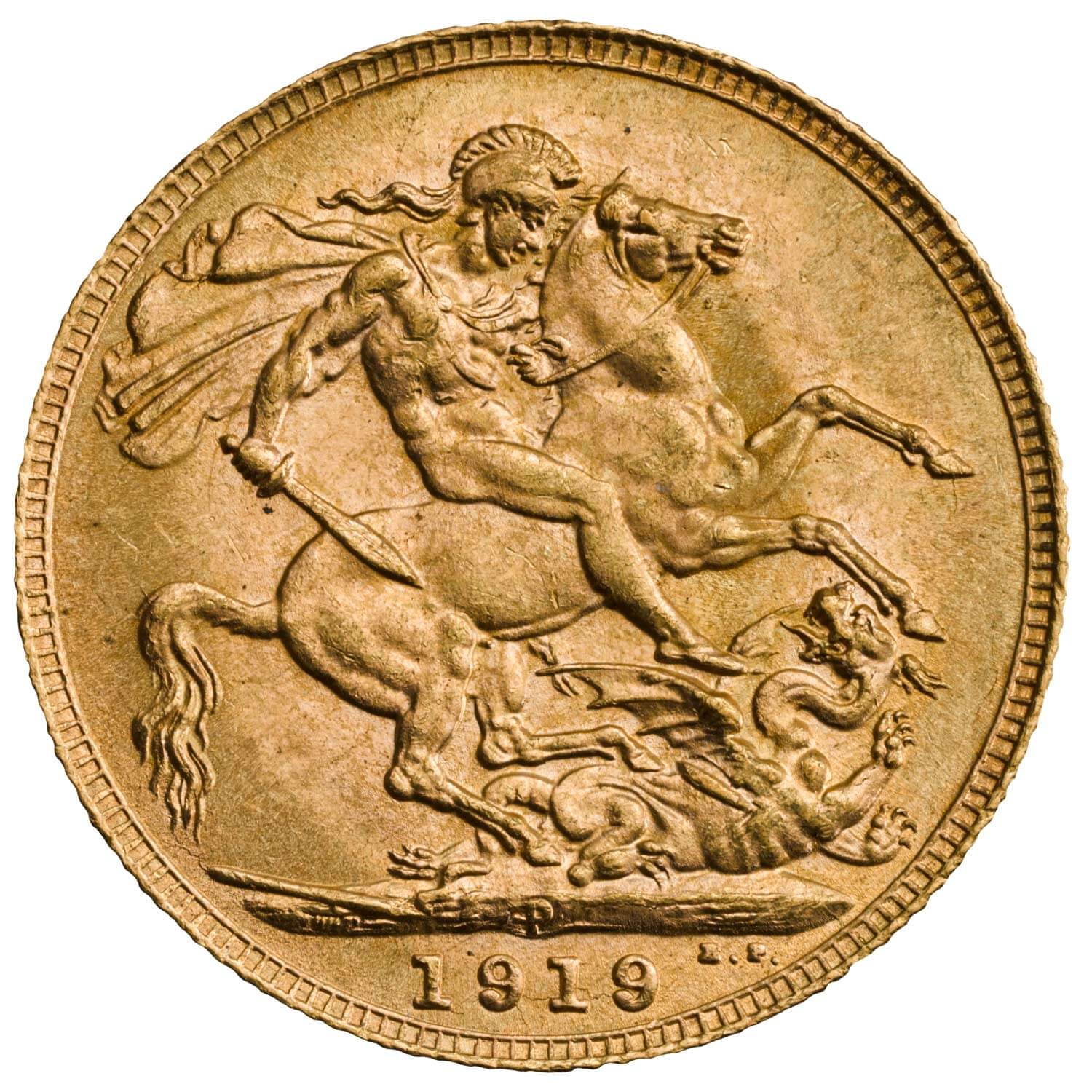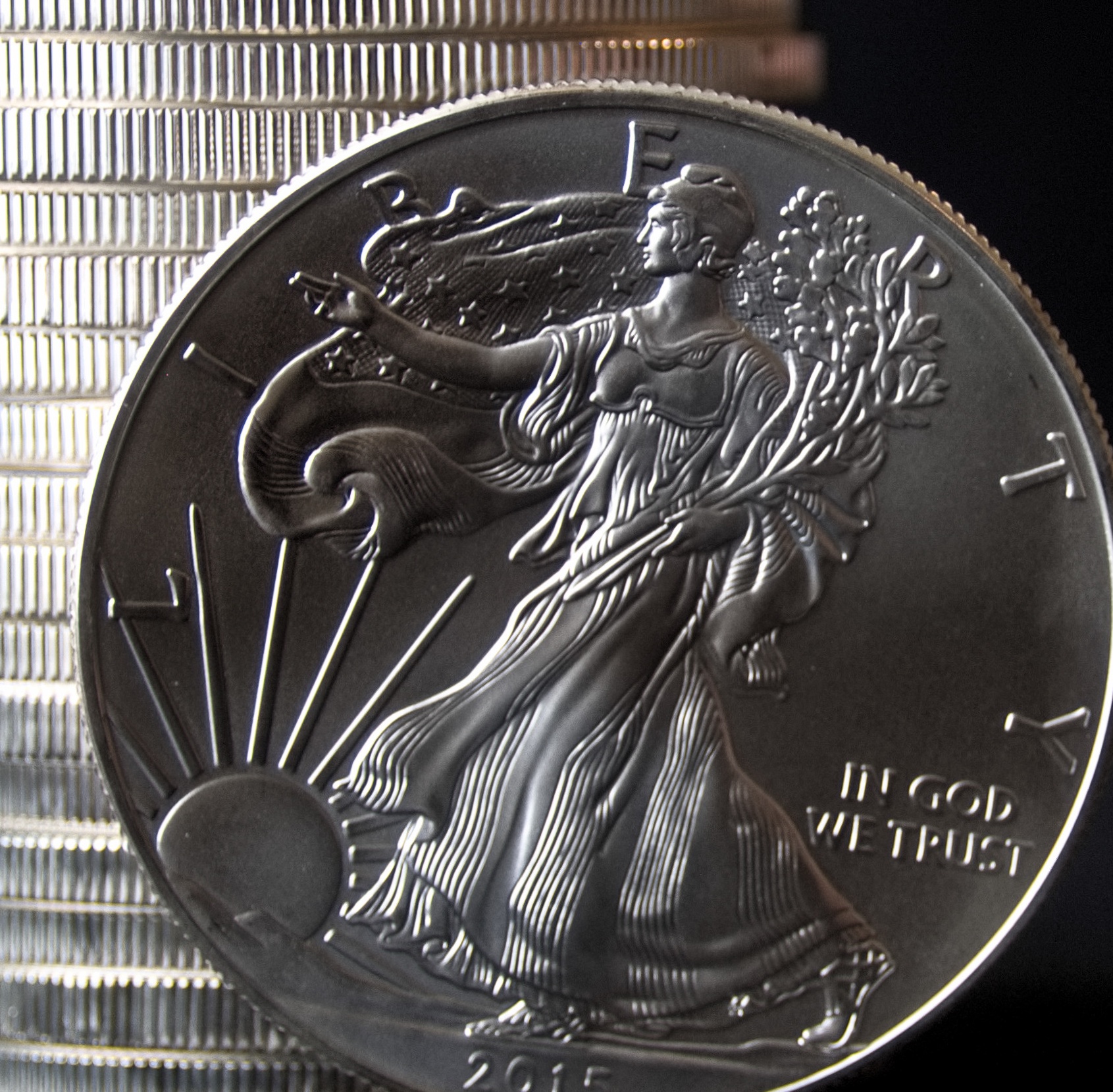Key Highlights
- The Sheldon Scale is the universal standard for coin grading.
- Grading affects both numismatic and bullion coin values.
- Third-party grading services (PCGS, NGC) rely on the Sheldon Scale.
- NGCX, a new 10-point grading scale from NGC, has been introduced.
- Graded Pre-1933 Gold Coins often offer superior investment value.
- Understanding grading basics helps buyers avoid costly mistakes.
Coin Grading and the Sheldon Scale
Coin grading plays a critical role in modern numismatics. Developed by Dr. William H. Sheldon in the 1940s, the Sheldon Scale provides a standardized 70-point framework for assessing the quality and preservation of coins. Initially intended for early U.S. large cents (1793–1814), the system has since been applied universally across all coin types, including gold, silver, and Pre-1933 Gold Coins.

Today, the Sheldon Scale is fundamental to pricing, trading, and collecting coins. Professional grading services, coin dealers, auction houses, and serious collectors rely on this scale to maintain trust and transparency in the marketplace.
Understanding the Sheldon Scale
The Sheldon Scale ranges from 1 to 70:
| Grade Range | Description |
|---|---|
| MS 60-70 | Mint State: No wear; struck as issued. |
| AU 50-58 | About Uncirculated: Minor wear on high points. |
| XF (EF) 40-45 | Extremely Fine: Light wear visible. |
| VF 20-35 | Very Fine: Moderate wear with strong detail. |
| F 12-15 | Fine: Heavy even wear. |
| VG 8-10 | Very Good: Well-worn, but major details visible. |
| G 4-6 | Good: Heavily worn with outlines still readable. |
| AG 3 | About Good: Barely recognizable features. |
| F 2 / P 1 | Fair/Poor: Almost fully worn, only basic shape intact. |
Key factors considered during grading include:
- Wear
- Surface marks
- Luster
- Coloration
- Overall eye appeal
A coin-graded MS70 is considered flawless, while a G4 coin is significantly worn but still identifiable.
Who Uses the Sheldon Scale?
The Sheldon grading Scale is widely used throughout the numismatic community.
Third-Party Grading Services:
- Organizations like PCGS and NGC professionally grade coins using the Sheldon Scale.
- Graded coins are encapsulated in tamper-proof holders (“slabs”) with authentication and grade information.
Third-party grading services are arguably the most notable users of the Sheldon grading Scale. These organizations, such as the Professional Coin Grading Service (PCGS) and the Numismatic Guaranty Corporation (NGC), provide expert coin grading services to collectors and dealers worldwide. They base their evaluations on the Sheldon Grading Scale, providing an unbiased assessment of a coin’s condition.
Third-party graded coins are encapsulated or “slabbed”, whereby the coins are sealed within clear, hard plastic cases with a label inside indicating the coin’s grade and other relevant information.
Coin Dealers:
- Dealers use standardized grading to price and authenticate inventory.
- MS65 coins are generally valued higher than EF40 examples of the same type.
Coin dealers utilize the Sheldon Grading Scale extensively. The Sheldon Grading Scale provides a standardized system that dealers use to determine the condition and the value of the coins. For instance, a coin graded as Mint State 65 (MS 65) is more valuable than one graded as Extremely Fine 40 (EF 40). Grades help to set prices, thus ensuring fairness and transparency in the market.
Collectors:
- Collectors use grades to make informed purchases and establish the quality of their collections.
- Many pursue specific goals, like assembling a set of graded MS65 or better coins.
Coin collectors find the Sheldon Grading Scale invaluable for the same reasons dealers do. A coin’s grade can dramatically affect its value, so knowing its grade helps collectors know they’re getting a fair deal.
Auction Houses:
- Auctioneers list coin grades prominently because higher-graded examples command stronger bids.
Auction houses that deal in numismatics use the Sheldon Grading Scale when cataloging and listing coins for auction. Coins graded by PCGS & NGC often bring higher prices due increased buyer confidence in the grading accuracy.
Applying the Sheldon Scale to Gold and Silver Coins
Bullion Coins:
- For bullion coins like American Silver Eagles or Canadian Gold Maples, the precious metal content often drives value.
- Higher graded bullion coins (MS69, MS70) do attract collector premiums, but modest ones relative to numismatic coins. Some labels are more sought after than others, include “First Strike”, “Early Issue” designations
Numismatic Coins:
- For older coins, especially rare types like Pre-1933 U.S. Gold Coins, the Sheldon Scale is crucial.
- A 1907 $20 Saint-Gaudens graded MS64 could be worth thousands more than one graded XF40.
Wear, scratches, surface quality, and mint luster are all evaluated, and even small differences between grades can mean substantial value changes.
Graded Pre-1933 Gold Coins: Why They Matter
Pre-1933 Gold Coins (e.g., Liberty Head, Saint-Gaudens, Indian Head designs) hold a special place in the market due to their history, limited mintages, and intrinsic gold value.
Graded Pre-1933 Gold Coins Offer Better Investment Value
- Authentication Assurance: Third-party grading guarantees authenticity and protects against counterfeits.
- Condition Guarantee: Knowing the precise grade ensures transparency in condition.
- Higher Resale Value: Coins certified by PCGS or NGC often sell faster and for stronger premiums.
- Marketability: Graded coins are easier to sell at shows, auctions, or online marketplaces.
- Long-Term Preservation: Encapsulation prevents further wear or environmental damage.
Investing in raw, uncertified Pre-1933 gold carries the risk of overpaying for damaged, cleaned, or counterfeit coins—making graded examples a more secure choice.
What is NGCX?
Introduced by the Numismatic Guaranty Company (NGC) in 2023, NGCX is a new 10-point coin grading scale aimed at modernizing how collectors and investors assess coins. NGCX seeks to align coin grading more closely with the familiar 1-10 grading systems used in other collectible industries like comic books and trading cards.
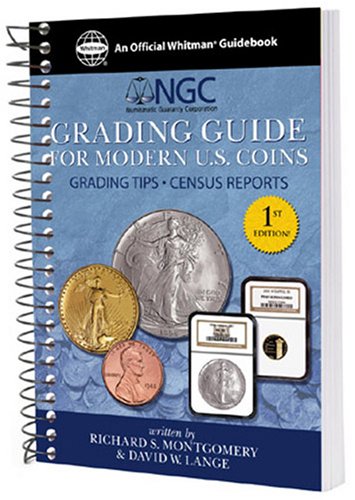
NGCX Highlights
- 10-point scale (1 to 10), where 10 represents a flawless coin.
- Designed primarily for modern bullion and collectible coins.
- Coins graded with NGCX also display a traditional Sheldon grade in small print for cross-reference.
NGCX intends to make coin collecting more accessible, particularly for younger generations and new collectors who are already familiar with simpler grading scales from other hobbies.
Comparing the Sheldon Scale vs. NGCX
| Feature | Sheldon Scale (Traditional) | NGCX Scale (New) |
| Scale Range | 1 to 70 | 1 to 10 |
| Primary Application | All coins, historical and modern | Primarily modern coins |
| Familiarity in Market | Universally known by dealers, collectors, investors | Growing, mainly among newer collectors |
| Display Format | Single grade (e.g., MS65) | Main NGCX grade with Sheldon grade referenced |
| Target Audience | Experienced numismatists, traditional collectors | Modern collectors, cross-over collectors (comics, cards) |
While NGCX offers a streamlined and intuitive system for new collectors, the Sheldon Scale remains the gold standard for traditional numismatics, especially for rare, historical, and high-value coins.
Who Was Dr. William H. Sheldon?
Dr. William Herbert Sheldon (1898–1977) was an American psychologist and numismatist. Though controversial in the psychological community for his body-type theories, his contribution to numismatics through the Sheldon Grading Scale is universally respected.
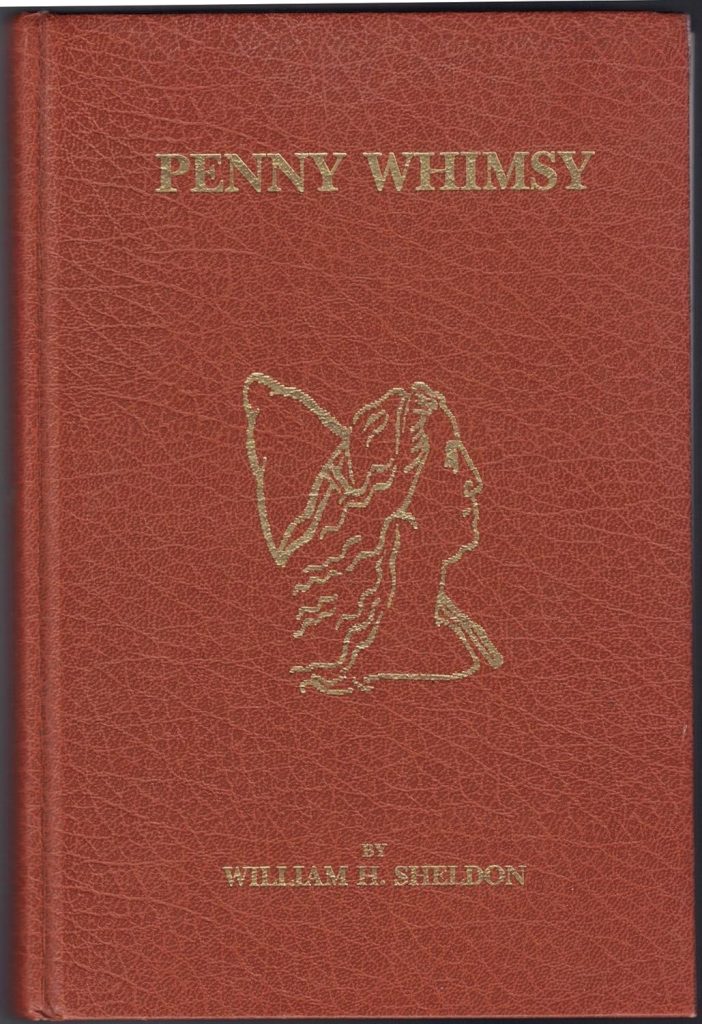
Sheldon’s seminal work, Penny Whimsy, introduced the grading system initially intended for large cents, providing a quantifiable structure that coin collectors and dealers had long needed. His system revolutionized numismatics, leading directly to the creation of third-party grading companies decades later.
Today, every major grading service—and virtually every serious coin transaction—relies on the grading principles Sheldon pioneered.
Final Thought
Whether you’re a casual collector or serious investor, understanding coin grading through the Sheldon Scale or the emerging NGCX system is vital. Both systems bring clarity, consistency, and protection—three things every smart numismatist needs.


